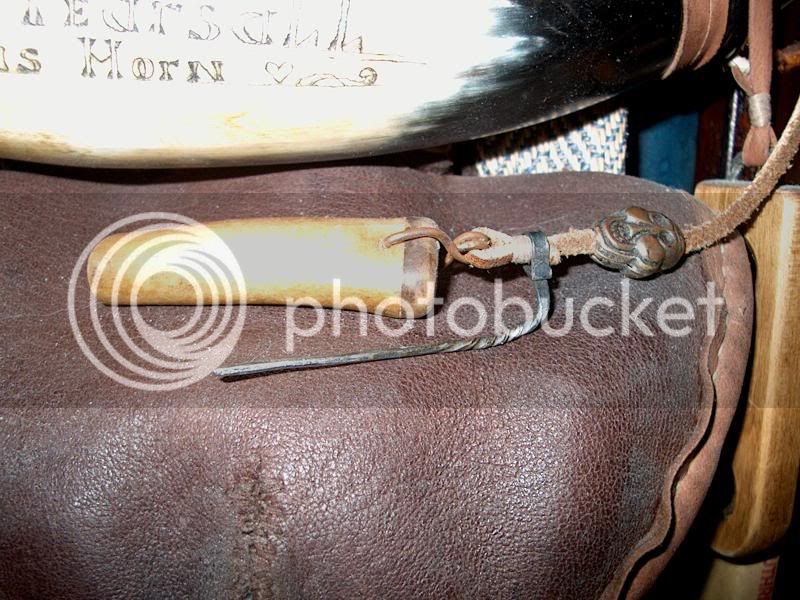:hmm: Hey fellers'
What's best, either or neither?
I've seen men load their flintlock guns with a snug vent pick in the vent hole, before loading. Then after loading, remove the pick and add the smallest useable amount of priming powder in the pan. The idea is to keep the main charge powder out of the vent hole and allow the priming flame to enter freely.
Others, load normally, then hit the lockside of the gun with their hand to get powder into the vent hole.
Thank ye Kindly for your input, :hatsoff:
Deacon
What's best, either or neither?
I've seen men load their flintlock guns with a snug vent pick in the vent hole, before loading. Then after loading, remove the pick and add the smallest useable amount of priming powder in the pan. The idea is to keep the main charge powder out of the vent hole and allow the priming flame to enter freely.
Others, load normally, then hit the lockside of the gun with their hand to get powder into the vent hole.
Thank ye Kindly for your input, :hatsoff:
Deacon






















